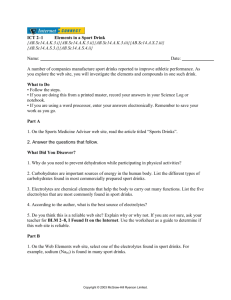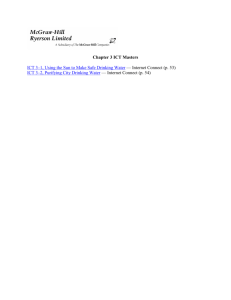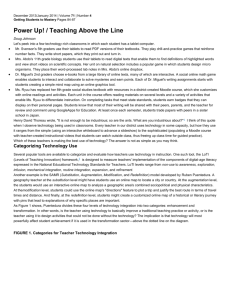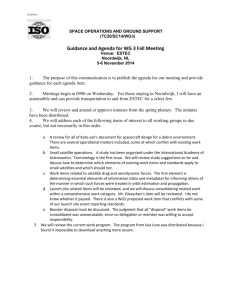ICT 13–1 Human Population Growth {AB.Sc14.D.K.1.viii}{AB.Sc14
advertisement
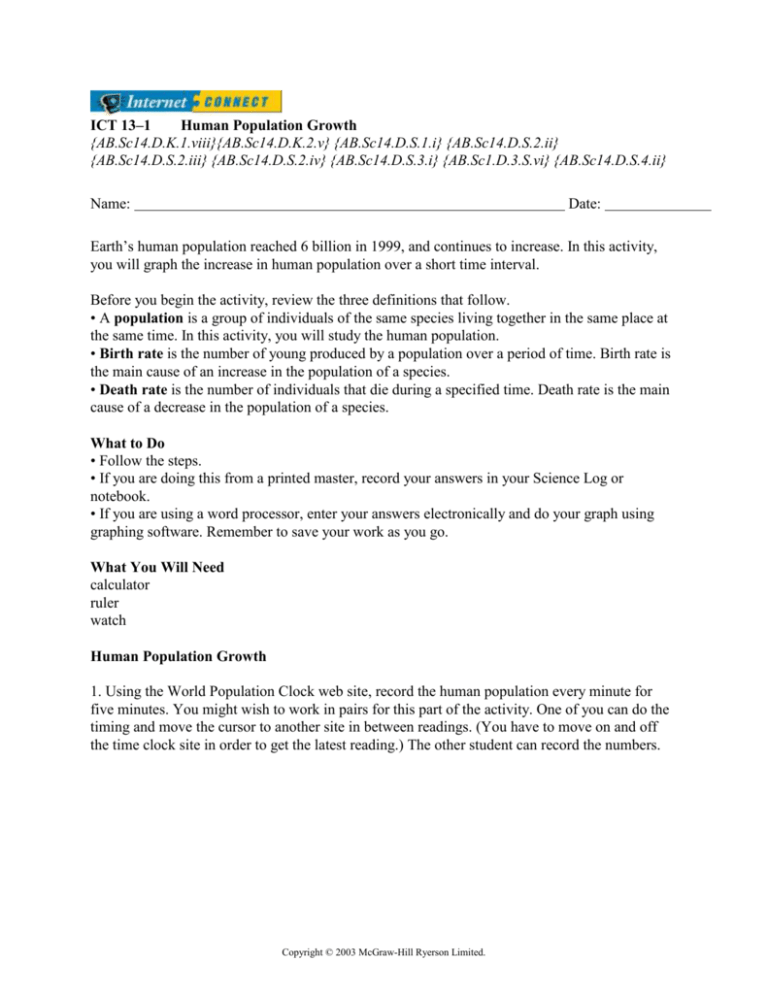
ICT 13–1
Human Population Growth
{AB.Sc14.D.K.1.viii}{AB.Sc14.D.K.2.v} {AB.Sc14.D.S.1.i} {AB.Sc14.D.S.2.ii}
{AB.Sc14.D.S.2.iii} {AB.Sc14.D.S.2.iv} {AB.Sc14.D.S.3.i} {AB.Sc1.D.3.S.vi} {AB.Sc14.D.S.4.ii}
Name:
Date:
Earth’s human population reached 6 billion in 1999, and continues to increase. In this activity,
you will graph the increase in human population over a short time interval.
Before you begin the activity, review the three definitions that follow.
• A population is a group of individuals of the same species living together in the same place at
the same time. In this activity, you will study the human population.
• Birth rate is the number of young produced by a population over a period of time. Birth rate is
the main cause of an increase in the population of a species.
• Death rate is the number of individuals that die during a specified time. Death rate is the main
cause of a decrease in the population of a species.
What to Do
• Follow the steps.
• If you are doing this from a printed master, record your answers in your Science Log or
notebook.
• If you are using a word processor, enter your answers electronically and do your graph using
graphing software. Remember to save your work as you go.
What You Will Need
calculator
ruler
watch
Human Population Growth
1. Using the World Population Clock web site, record the human population every minute for
five minutes. You might wish to work in pairs for this part of the activity. One of you can do the
timing and move the cursor to another site in between readings. (You have to move on and off
the time clock site in order to get the latest reading.) The other student can record the numbers.
Copyright © 2003 McGraw-Hill Ryerson Limited.
2. Use a chart similar to the one that follows to record the data you collect.
Human Population Data
Time
Human Population
(min)
0 (start)
1
2
3
4
5
3. Construct a graph of the data. To make it easier, consider only the last four digits. For
example, if the population when you started was 6 135 433 541, you need only graph the last four
digits (3541). The other digits will not likely change during the activity.
What Did You Discover?
1. Does your graph show that the human population is increasing or decreasing?
2. Which rate is higher — the birth rate or death rate? Explain.
3. Calculate how many more people were on Earth at the end of five minutes.
Population increase = Population after 5 minutes - Population at the beginning
4. Calculate the average change in the population in five minutes. This will give you the average
number of people being added to the population every minute.
total population increase
Average change in population every minute
5
5. If everything stayed the same, predict how many more people would be on Earth after the
following time intervals:
(a) at the end of 10 minutes
Population after 10 minutes = Average change in population every minute x 10
(b) at the end of 1 hour
Population after 1 hour (60 minutes) = average change in population every minute x 60
(c) at the end of 24 hours
6. Think of three issues that might arise from increases in the human population. Write each issue
in the form of a question that you could discuss with your class. For example, more people
produce more garbage. How are we going to manage more garbage?
Copyright © 2003 McGraw-Hill Ryerson Limited.




